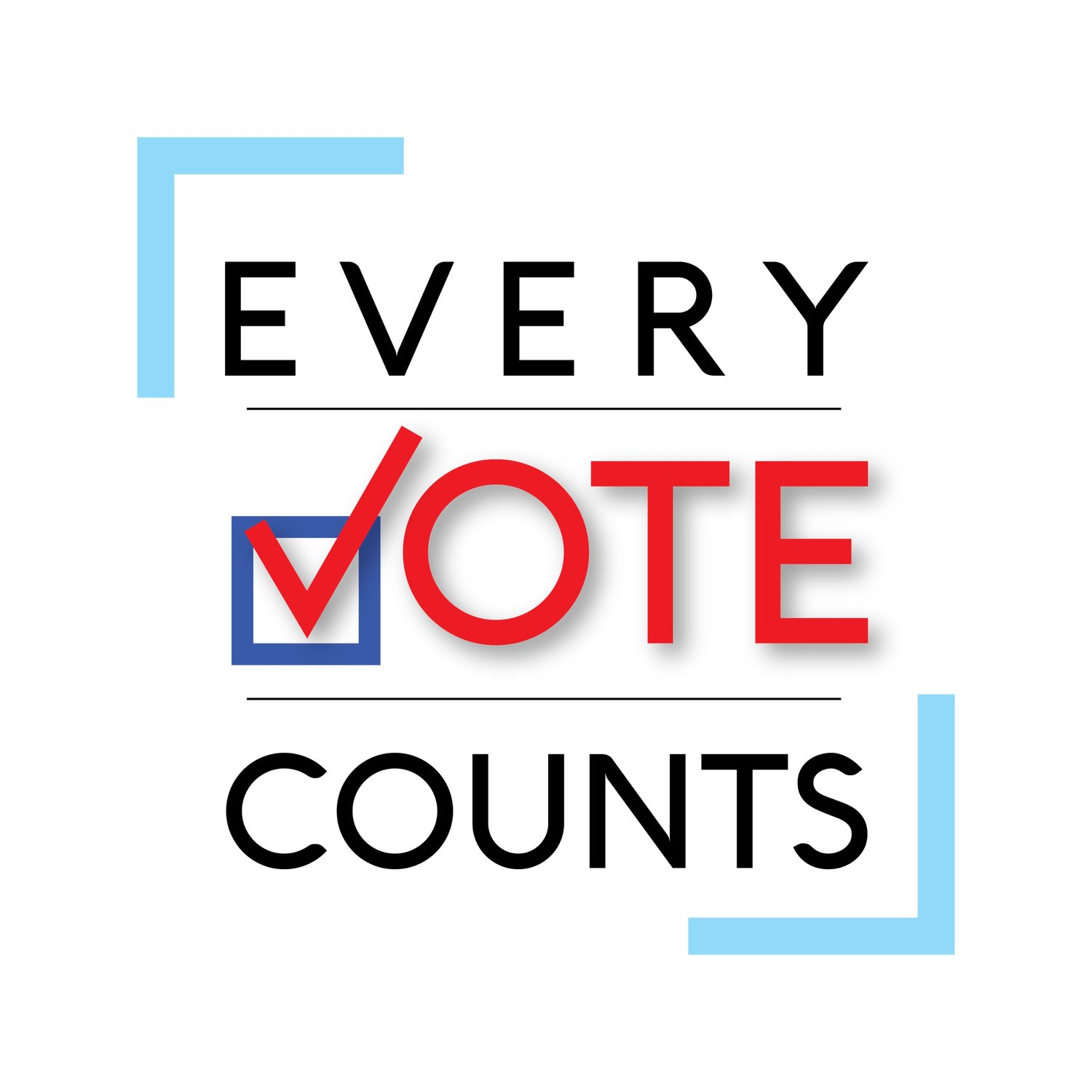The Case For Automatic Voter Preregistration
Teenagers should be automatically pre-registered to vote when they get their license.
By Holman Pettibone
Automatic voter registration is catching on quickly as politicians from both sides are embracing it as a simple, modern, and effective voting reform. But this pro-voter policy has a critical flaw: it overlooks the youngest of voters, those who already struggle with the registration process and turn out less than any other demographic.
Since Oregon passed the country’s first automatic voter registration law just four years ago, 15 states—red and blue—have followed suit, turning voter registration into an “opt-out” rather than an “opt-in” process. In practice, automatic registration has been a tremendous success. States have seen a spike in voter registration followed by an increase in turnout. In Oregon, for example, a state that mails ballots to every registered voter, 43% of those automatically enrolled by the new law voted in the 2016 presidential election, adding 100,000 votes and contributing to a record turnout that year.
Automatic registration streamlines the process, making voter rolls more accurate, easier to clean up, and less costly to manage, according to the Brennan Center. The system is simple: when anyone who is eligible to vote visits a state agency, almost always exclusively the DMV, they are automatically registered unless they decline.
The problem with automatic registration is that most people get their licenses before they reach voting age and then don’t return to the DMV until they turn 21. This means the policy--meant to blindly increase participation among all demographics--rarely applies to the youngest of eligible voters.
Interestingly, most states with automatic registration also have “pre-registration” laws, which allow young people to register at 16 or 17. Making preregistration automatic seems obvious: you go to the DMV to get your license at 16, then get preregistered to vote—all in one visit. Once you turn 18, you can vote. But automatic registration and preregistration, perhaps unintentionally, don’t actually overlap in practice.
Right now, automatic registration laws apply to anyone who is “eligible to vote.” This makes sense, of course, since you don’t want a policy that puts ineligible voters on the rolls. But it’s a registration law, so why not just include everyone who is eligible to register?
Automatic preregistration would be an intuitive way to break down logistical barriers to youth voting by letting more people vote as soon as they are old enough. It would have no effect on who can legally vote, it would just fix the blindspot of automatic registration laws while better achieving the policy’s long term goals.
When I preregistered to vote in California as a 17 year old—just three years ago—the preregistration law was not exactly new, but the process was cumbersome. I used a standard registration form that I had ordered in bulk for a “preregistration drive” at my high school. According to the austere gray document, I had to confirm under penalty of perjury that I would be 18 by election day, else be “fined” or “imprisoned.” In fact, the very first section asked me to check a box confirming I was 18. Under it, in bold red print, it read, “If you checked no, do not complete form.” I crossed it out.
Of the dozens of juniors and seniors lined up during lunch time, eagerly waiting to take the first step towards participating in their democracy, each asked me about that red print. I had spoken with a state election official, I explained, and we had the right to ignore it. It might seem

